The Blessing
March 20, 2018You never can tell what April is going to be like in Boise. Sometimes you get sunshine, sometimes you get rain, and sometimes you get blizzards that roar out of the canyons. I died in…
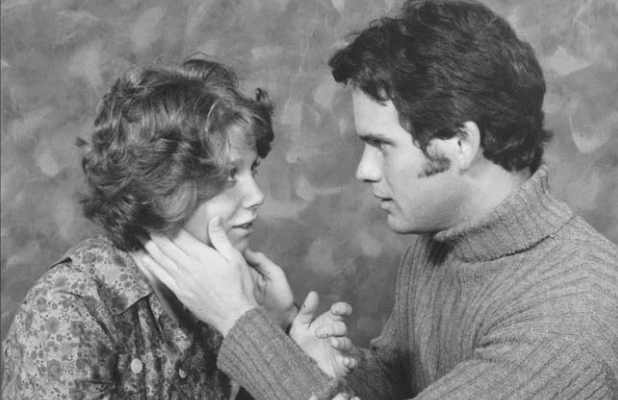
You never can tell what April is going to be like in Boise. Sometimes you get sunshine, sometimes you get rain, and sometimes you get blizzards that roar out of the canyons. I died in…
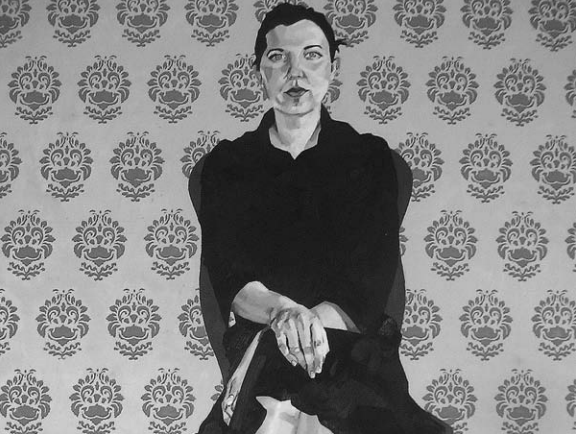
Lucy hated arguing with her companion in public, even though they argued in English so most people couldn’t understand what they were saying, and those who did could probably care less. They didn’t argue often,…
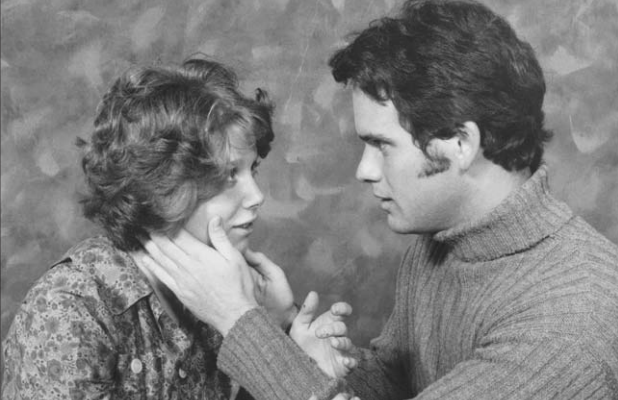
One day when my BYU Greek class was awaiting the arrival of our teacher, Tom Rogers popped his head in the doorway and talked to us for ten or fifteen minutes or so. (One of my fellow students must have been a friend of his.) At that point he was well known for his plays Huebener and Fire in the Bones, which dealt with two conflicted tragic heroes in Mormon history, Helmuth Huebener and John D. Lee. Someone asked him why he wrote about such problematic figures. His answer, as I remember it, was, “Those kinds of situations are just so interesting!”
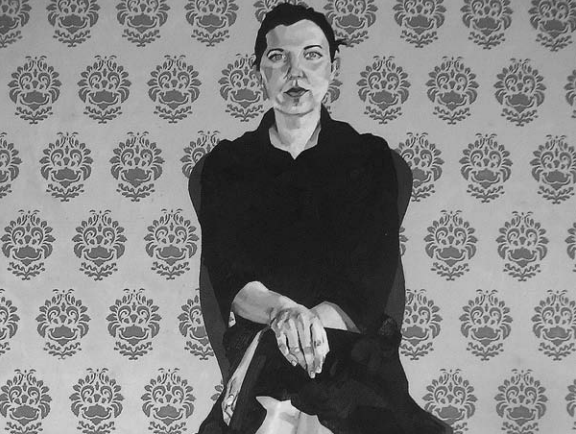
William Wine Phelps, an influential Mormon high priest at Nauvoo, Illinois, wrote a long emotional letter on Christmas Day in 1844 which praised Mormonism, the martyred Mormon prophet Joseph Smith, Smith’s deceased brothers (Hyrum, Don Carlos, and Samuel), and current Mormon leaders. He also composed pseudonyms for the twelve apostles, the group which assumed the leadership of the Mormon Church following Joseph Smith’s death, pseudonyms which became associated with the twelve men. For example, he described Brigham Young as “the lion of the Lord,” Orson Hyde as “the olive branch of Israel,” and John E. Page as “the sun dial.”

Writing in the mid-1990s, Mormon-watcher Massimo Introvigne made a counterintuitive observation about debates over Book of Mormon historicity among Mormon intellectuals, as compared to analogous debates between Protestant fundamentalists and liberals. Fundamentalists, despite their reputation for being anti-scientific, were “deeply committed to Enlightenment concepts of ‘objective knowledge,’ and ‘truth,’” confident that an impartial view of the data would confirm the historical authenticity of the Bible. Protestant liberals, in contrast, deployed a “post-modern, anti-Enlightenment epistemology” to undermine absolutist readings of the Bible. The opposite dynamic, however, prevailed in the Book of Mormon debates. Liberals publishing with Signature Books—such as Edward Ashment and David P. Wright—were “staunch defenders of the Enlightenment,” with its ideals of disinterested reason and the unfettered search for truth, while conservatives publishing with the Foundation for Ancient Research and Mormon Studies (FARMS) held “the late modernist and post-mod ernist position that knowledge is by no means objective, and that ‘true,’ universally valid, historical conclusions could never be reached.”


Brian Kershisnik lives with his wife, Suzanne, and three children in Kanosh, Utah. The son of a petroleum geologist, he grew up in Angola, Thailand, Texas, and Pakistan. After serving a mission in Denmark, he…

Dialogue Best of the Year Awards Dialogue Best of the Year awards are for contributions judged as superior in their respective categories. ARTICLE Cetti Cherniak, “The Theology of Desire, Parts I and II” Spring and…
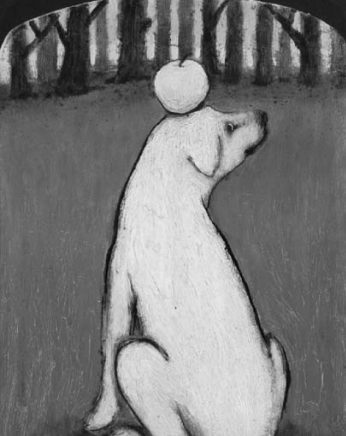
Attending sessions of April general conference with my wife in 2007, I was reminded in many ways of the goodness of the Church. Joining fellow Saints flowing into the Conference Center on a bright Sunday morning, I was aware that I was part of a body of believers whose collective faith and devotion constitute a vital force in the world. I was reminded of this goodness while watching the October 2007 general conference on television. The music for the Saturday afternoon session was performed by a chorus of young women in their midteens, all wearing a garden of blouses in solid colors. As the camera swept over that array of bright, beautiful faces, I was impressed by what they represented of the three great human quests—Truth, Beauty, and Goodness—whose fusion and harmony, as Wayne Booth argues, constitute God. Their faces, the words spoken during the conference sessions, the music, and the feelings—all of these things engendered in my heart a remembrance of the ways the goodness of the Church has blessed my life over the years.

Cory and I more or less live in the cab of a long-haul semi. We have a house in Indiana, but we don’t make it home very often. It’s not unusual for two months to…